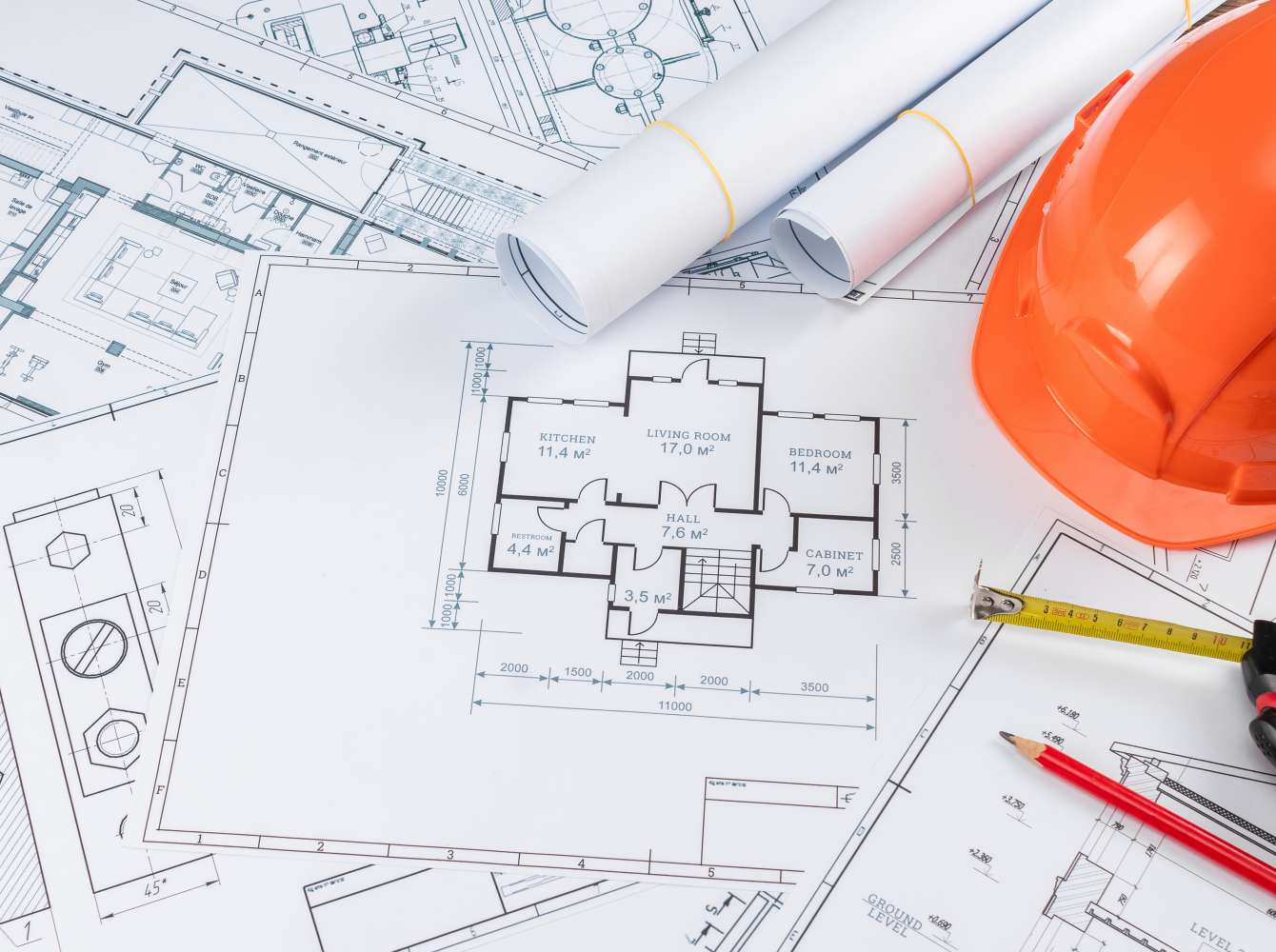The realm of engineering and design is in constant flux, continually adapting to societal needs, technological advancements, and environmental imperatives. As we stand on the cusp of 2024, several groundbreaking trends are poised to redefine this space. The clarion call for sustainability reverberates louder than ever. Anticipate a heightened emphasis on green design principles, characterized by energy-efficient structures that minimize carbon footprints. Integration of renewable energy sources like solar panels, use of recycled materials, and features such as rainwater harvesting systems are expected to become standard.
“The architectural narrative is shifting from mere functionality to holistic well-being. Designs that promote wellness, with meditation corners, yoga studios, and biophilic elements, are on the rise.”
With technology seeping deeper into our daily lives, smart homes equipped with voice assistants, automated lighting, and temperature control systems are set to become ubiquitous. These homes, apart from offering unparalleled convenience, will be energy-efficient and fortified with advanced security features. Sustainability will be at the core of architectural endeavors, with a push for net-zero energy buildings. These structures, designed to generate as much energy as they consume, will lean heavily on passive solar designs, natural ventilation, and renewable energy integrations. In a bid to preserve historical legacies and champion environmental consciousness, the adaptive reuse of existing structures will gain momentum. Old factories, churches, and warehouses will be repurposed into lively residential spaces or cultural hubs.

Modular construction, which promises time efficiency and enhanced quality control, will redefine architectural methodologies. These structures, crafted off-site and assembled on-location, will be designed for scalability, allowing easy modifications as per evolving needs. The design ethos of 2024 will champion inclusivity. Spaces will be crafted to ensure universal accessibility, with barrier-free routes, intuitive signages, and adaptable features. Collaboration with accessibility experts will be crucial to cater to a diverse populace. The drive to minimize waste will bolster the circular design philosophy. Architects will favor recycled and up-cycled materials, championing dismantling and reusability. On-site recycling hubs and circular economy principles will be integral to this design approach. Brutalism, distinguished by its raw and exposed materials, is slated for a significant comeback. This design style, known for its stark aesthetics, will see a resurgence, with structures showcasing blackened steel windows and raw concrete floors.

